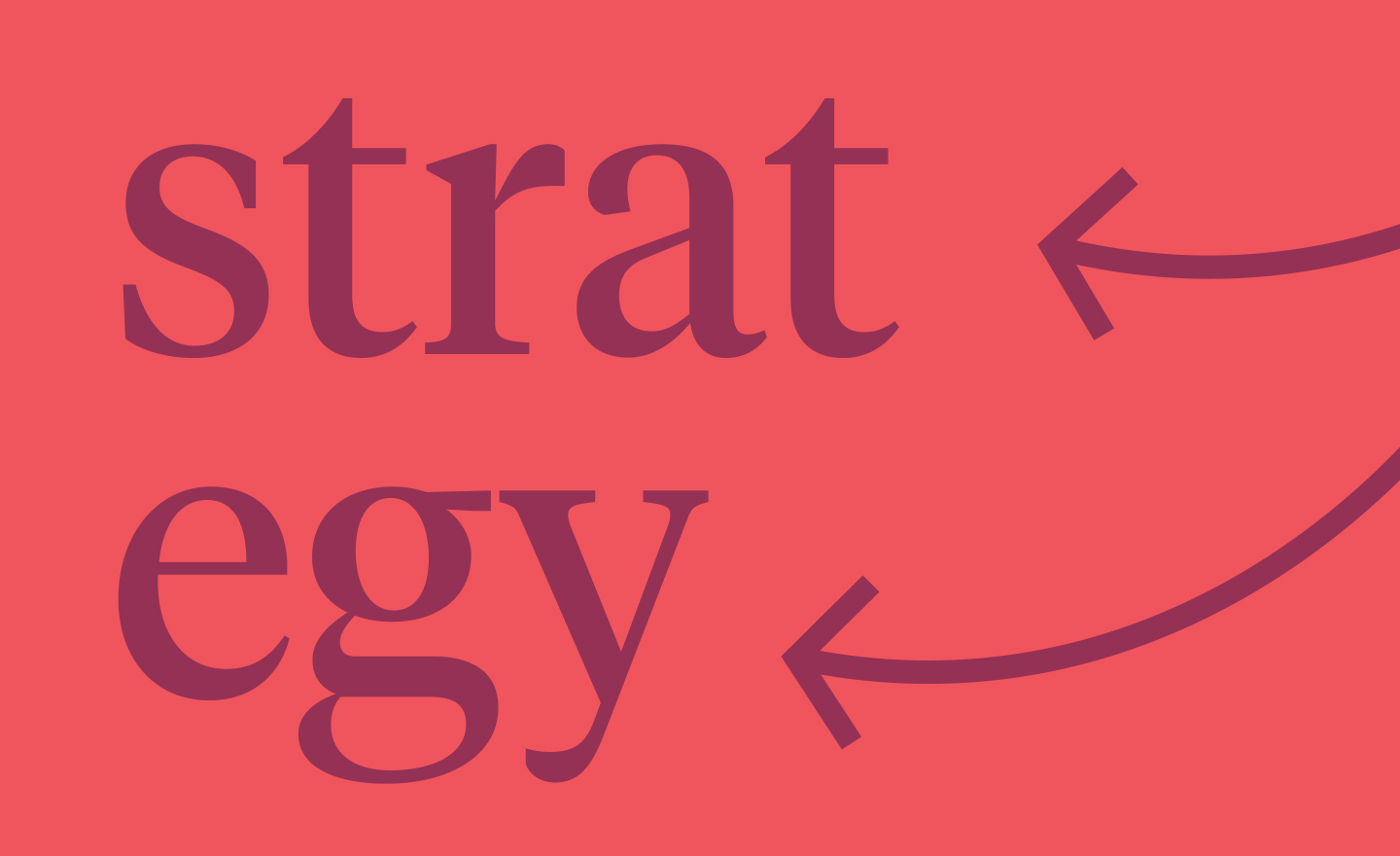At a recent stay at a Hilton, the brand of bath products on offer caught my attention: Crabtree.
“‘Crabtree’ as in ‘Crabtree & Evelyn’?” I wondered.
Indeed. A second look revealed ‘Crabtree & Evelyn,’ too—but in much smaller letters. I couldn’t help but form the impression that “Evelyn” is being phased out.

The look of the word mark was unabashedly modern. Missing was the circular logo with the crabtree in the middle and its pleasing 17th century look. “Crabtree” without “Evelyn” also struck me as a move towards modernization with respect to the name, shorter and more streamlined.
All of it works, sort of, though it lacks any real personality. But was this the brand I had grown up with? The brand that traded on a kind of bespoke Britishness? The brand that had the look, at least, of an exclusive purveyor to Her Majesty The Queen?
All that mythology, gone!

(And cooked-up mythology it truly was: The brand was invented in Boston in 1977 by an American businessman who teamed up with a British graphic designer. “Crabtree & Evelyn” felt so British that its founders soon felt compelled to open a store on Kensington Church Street in London in 1980 to meet the expectations of American tourists who showed up hoping to track the brand to a source.)
What About The Others?
My encounter with the truncated “Crabtree & Evelyn” name got me thinking about the fate of other British-sounding “quality goods” names created by the pairing of two partners’ last names: Benson & Hedges cigarettes, Callard & Bowser toffee, Gilchrist & Soames bath products, Harney & Sons tea, Marks & Spencer, the iconic British retailer…
It’s true that in most cases, the logos have undergone modernization to a degree that dispenses with any sense of heritage real or invented. (Not surprisingly, most of the brands are now also the properties of multi-national holding companies.) But it’s the names I’m especially interested in.

Two-Part Partner Names: An Enduring Type
On one hand, the broad tradition of naming a business after two founding partners probably isn’t going anywhere anytime soon. Last names, whether singular or plural, will probably always serve well as brand names to signal their owners’ imprimatur on the business. But what about this particular kind of two-part name, which evokes the idea of brand as purveyor of quality goods?
The Purveyor Tradition: Passing, Methinks
I suspect we’ll see fewer British-sounding “quality goods” names emerge on a global level as the decades progress. Their day seems to have passed, both for practical purposes (“We need something shorter and more streamlined”) and because the tradition such names evoke is no longer in vogue with a younger consumer.
As go the logos, so might the names go, too. They almost certainly get truncated—to a pair of initials, or what had previously served as a nickname, or as the first name only. Marks & Spencer, for one, adopted a sanserif M&S as its word mark in 2014. Granted, people have long shortened the full name to “M&S” in everyday speech. I wonder, though, if going this route with the logo invites us to gradually forget what the initials stand for. My money’s on yes.
Goodbye, Evelyn.



